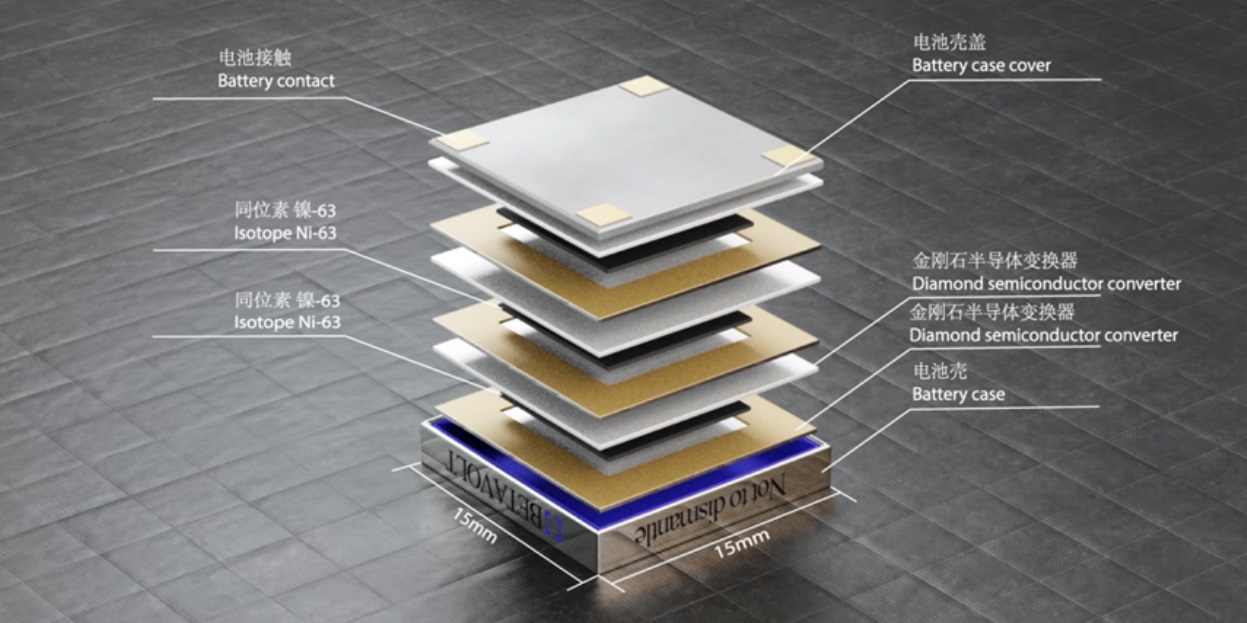Smartphones have evolved in many ways over the past twelve years, but there is no doubt that today they still have an important backlog, battery. Think about it for a second, the advances that have been made in this regard over all these years have been very small, compared to what other components have experienced, it doesn’t seem to have changed.
In general, these advances can be summarized in three keys: we have bigger batteries with greater capacity translating into greater autonomy through “brute force” we have fast charging which shorten the wait between loading and loading, and we have also introduced Wireless chargingalthough it is much slower than a wired connection.
However, in the end the user experience has not improved as much as it shouldbecause the increase in performance of other components and the use of larger screens caused a significant increase in battery consumption, and in the end we found that most people need to charge their smartphone at least once a day.
Charging a smartphone also means the process of battery wear, which causes the loss of retention capacity, which in turn means that we will have to charge it more often, and therefore the battery it will wear out faster and faster. Getting out of this vicious circle is impossible unless we replace the battery with a new one, which entails costs.

Chinese company Betavolt Technology wants to disrupt the smartphone battery sector, and it’s very clear how it can do that with nuclear-powered batteries that will last up to 50 years. Yes, that means smartphones using such a battery could go for five decades without needing to be recharged.
In theory, the company has made pioneering achievements in the miniaturization of atomic energy in batteries, and has been able to shape a battery measuring just 15 x 15 x 5 mm that can deliver a stable voltage of 3 volts. This battery contains radioisotopes (nuclear isotopes), can generate up to 100 microwatts of power, and is “completely safe” because there is no risk of radiation leakage or explosion.
The battery is ready to operate in temperatures ranging from 60 degrees below zero to 120 degrees Celsius. As the battery reaches the end of its life cycle, its radioisotopes to become an isotope of copper, which is not radioactive and therefore poses no danger to humans or the environment. To be honest, the truth is that I find it quite interesting, but I can’t see myself walking around with a nuclear battery in my pocket no matter how safe they tell me.














